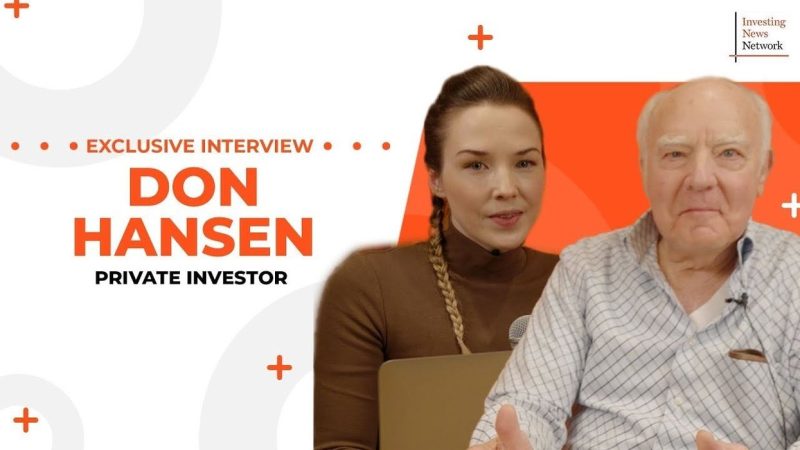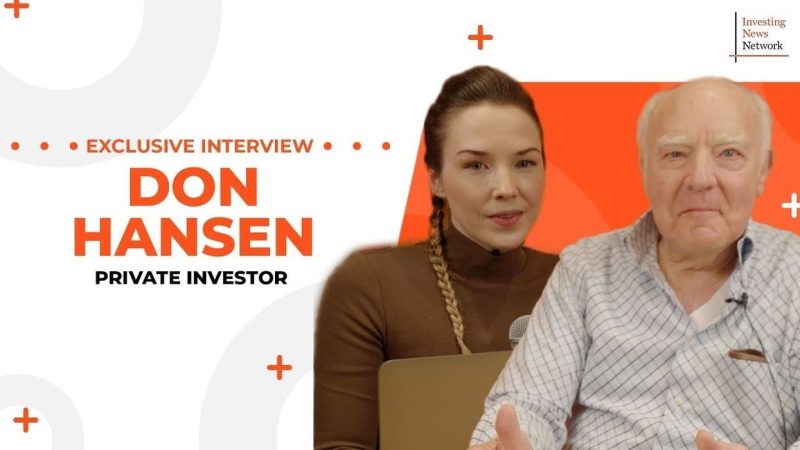Investor Education: US Debt and Currency Collapse with Expert Don Hansen


Looking back to 1945, the ratio was at 111 percent due to major spending on World War II. However, by 1965 it was down to just 43 percent — Hansen noted that this happened on the back of a balanced budget and good economic growth. The ratio remained fairly stable from 1965 to 1985, but rose dramatically from 1985 to 2005.
‘The debt grew 9.3 percent between 1985 and 2005, but the GDP only grew 6.1,’ he noted. ‘So obviously then the debt-to-GDP ratio was climbing, and in 2005 it was up to 61. So you’re going up 50 percent in 20 years.’ By 2025, Hansen expects the ratio to rise to 150 percent, with debt growing 9.5 percent annually and GDP only increasing by 3 percent.
In his view, this exponential increase is being driven by the loss of capitalism, which requires three elements to work properly: sound money, a free market and limited government. Hansen said sound money was lost in 1971, while the free market was lost as the US government started becoming more interventionist.
He believes a currency collapse is inevitable, and thinks real assets like gold and silver are key for investors who want to protect themselves from the coming storm.
‘I had an ‘aha’ experience about that where I realized that the thing that will break, and almost always will break, is the currency,’ he explained. ‘And the reason for that is that of all the variables involved in these economic situations, the one variable that the government cannot control is the exchange rate of the currency. Because it’s determined by everybody else’s buying and selling. So that’s what breaks. That’s what gives up.’
Watch the interview above for more of Hansen’s thoughts on the US debt-to-GDP ratio and the coming currency collapse. You can also click the the timestamps below to view specific parts of the interview:
Securities Disclosure: I, Charlotte McLeod, hold no direct investment interest in any company mentioned in this article.



